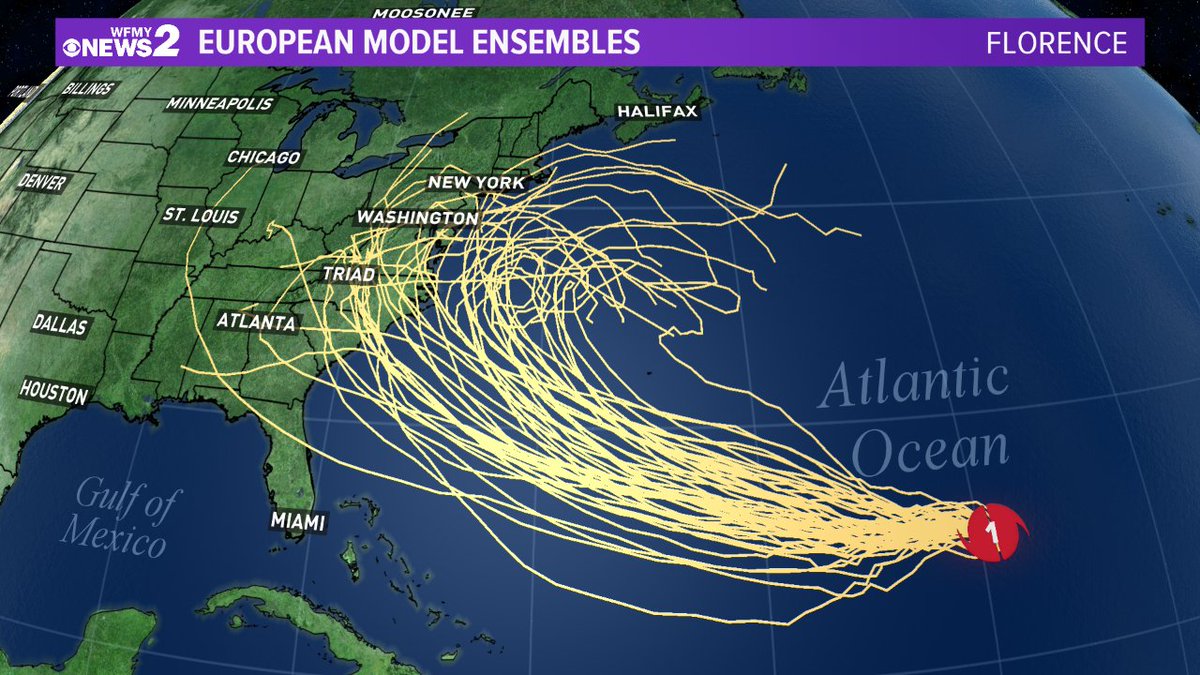Historical Evolution of Spaghetti Models

Spaghetti models, a type of ensemble forecasting technique, have a rich history marked by significant contributions from various researchers. Their origins can be traced back to the early 20th century, with notable advancements made throughout the years.
Origins and Early Development, Spaghetti models
The concept of using multiple forecasts to create a more accurate ensemble forecast was first proposed by Lewis Fry Richardson in 1922. However, it was not until the 1960s that spaghetti models gained widespread recognition.
Spaghetti models can provide valuable insights into complex systems. For example, a recent study used spaghetti models to simulate the impact of Hurricane Beryl on Puerto Rico. The results of the study helped to improve emergency response plans for future hurricanes.
Spaghetti models are a powerful tool that can be used to understand a wide range of phenomena.
In 1963, Edward Lorenz introduced the idea of using slightly perturbed initial conditions to generate multiple forecasts. This technique, known as ensemble forecasting, laid the foundation for the development of spaghetti models.
Spaghetti models help us understand the behavior of complex systems. They’re used to predict everything from weather patterns to the spread of disease. But where is beryl headed? Where is beryl headed ? Spaghetti models can help us answer that question, too.
They can show us the possible paths of a hurricane, and help us prepare for its impact. So, if you’re wondering where beryl is headed, check out the spaghetti models.
Key Contributions
- Edward Lorenz: Introduced ensemble forecasting and the concept of chaotic weather systems.
- George Platzman: Developed the first spaghetti model in 1966, using a barotropic model.
- Tim Palmer: Pioneered the use of ensemble Kalman filters for data assimilation in spaghetti models.
- Andrew Lorenc: Contributed to the development of ensemble variational data assimilation techniques.
Timeline of Significant Advancements
- 1922: Lewis Fry Richardson proposes the idea of ensemble forecasting.
- 1963: Edward Lorenz introduces ensemble forecasting using perturbed initial conditions.
- 1966: George Platzman develops the first spaghetti model.
- 1990s: Tim Palmer introduces ensemble Kalman filters for data assimilation.
- 2000s: Andrew Lorenc contributes to the development of ensemble variational data assimilation.
Applications of Spaghetti Models
![]()
Spaghetti models have found widespread applications in various fields due to their ability to capture complex and uncertain relationships. They are particularly valuable in situations where data is limited, the system under study is highly nonlinear, or the interactions between variables are difficult to quantify.
One of the most common applications of spaghetti models is in risk assessment. By simulating multiple scenarios and outcomes, spaghetti models can help identify potential risks and vulnerabilities, as well as their likelihood and impact. This information can then be used to develop mitigation strategies and make informed decisions.
Spaghetti models are also used in decision-making and optimization. By exploring a wide range of possible solutions, spaghetti models can help identify the best course of action or the optimal allocation of resources. This can be particularly useful in complex and uncertain environments where traditional optimization techniques may not be effective.
Specific industries and applications where spaghetti models have proven valuable include:
- Finance: Assessing risk in investment portfolios, predicting financial markets, and optimizing asset allocation.
- Insurance: Evaluating insurance risks, pricing insurance policies, and optimizing reinsurance strategies.
- Supply chain management: Identifying supply chain disruptions, optimizing inventory levels, and improving logistics.
- Healthcare: Predicting disease outbreaks, evaluating treatment options, and optimizing healthcare resource allocation.
- Climate science: Simulating climate change scenarios, assessing climate risks, and developing adaptation strategies.
Strengths and Limitations of Spaghetti Models

Spaghetti models, also known as Monte Carlo simulation, offer a powerful approach to modeling complex systems and assessing uncertainty. They are particularly valuable in situations where analytical solutions are impractical or impossible.
One of the key strengths of spaghetti models is their ability to capture the full range of possible outcomes, including extreme events that may not be readily apparent from traditional analysis. This makes them particularly useful for risk assessment and decision-making under uncertainty.
Advantages of Spaghetti Models
- Captures the full range of possible outcomes
- Useful for risk assessment and decision-making under uncertainty
- Can be used to model complex systems where analytical solutions are impractical or impossible
- Can be used to explore the impact of different input assumptions
- Can be used to identify potential risks and opportunities
Limitations of Spaghetti Models
Despite their advantages, spaghetti models also have some limitations that should be considered before using them.
- Can be computationally expensive, especially for large or complex models
- Require a large number of simulations to obtain accurate results
- Can be difficult to interpret the results, especially for non-technical audiences
li>Relies on the accuracy of the input assumptions
Overall, spaghetti models are a powerful tool for modeling complex systems and assessing uncertainty. However, their limitations should be carefully considered before using them.